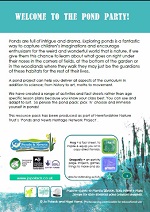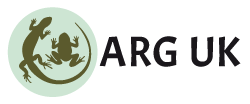Upcoming Events
Upcoming events will be listed here.
Latest News
- DARN Dispatches 18
03/06/2025 7:43 pm - DARN Dispatches 17
12/12/2024 1:47 pm - DARN Dispatches 16
18/08/2024 7:19 pm - Happy 4th Birthday to the DARN Group
30/01/2024 7:50 pm - DARN Dispatches 15
15/01/2024 7:41 pm
© Dorset Amphibian and Reptile Network (DARN)
Website hits: 66712
View All | Find out how to get a mini-website for your ARG
© ARG UK Local Groups mini-websites 2025
Wind powered websites by Aye-aye Design.

